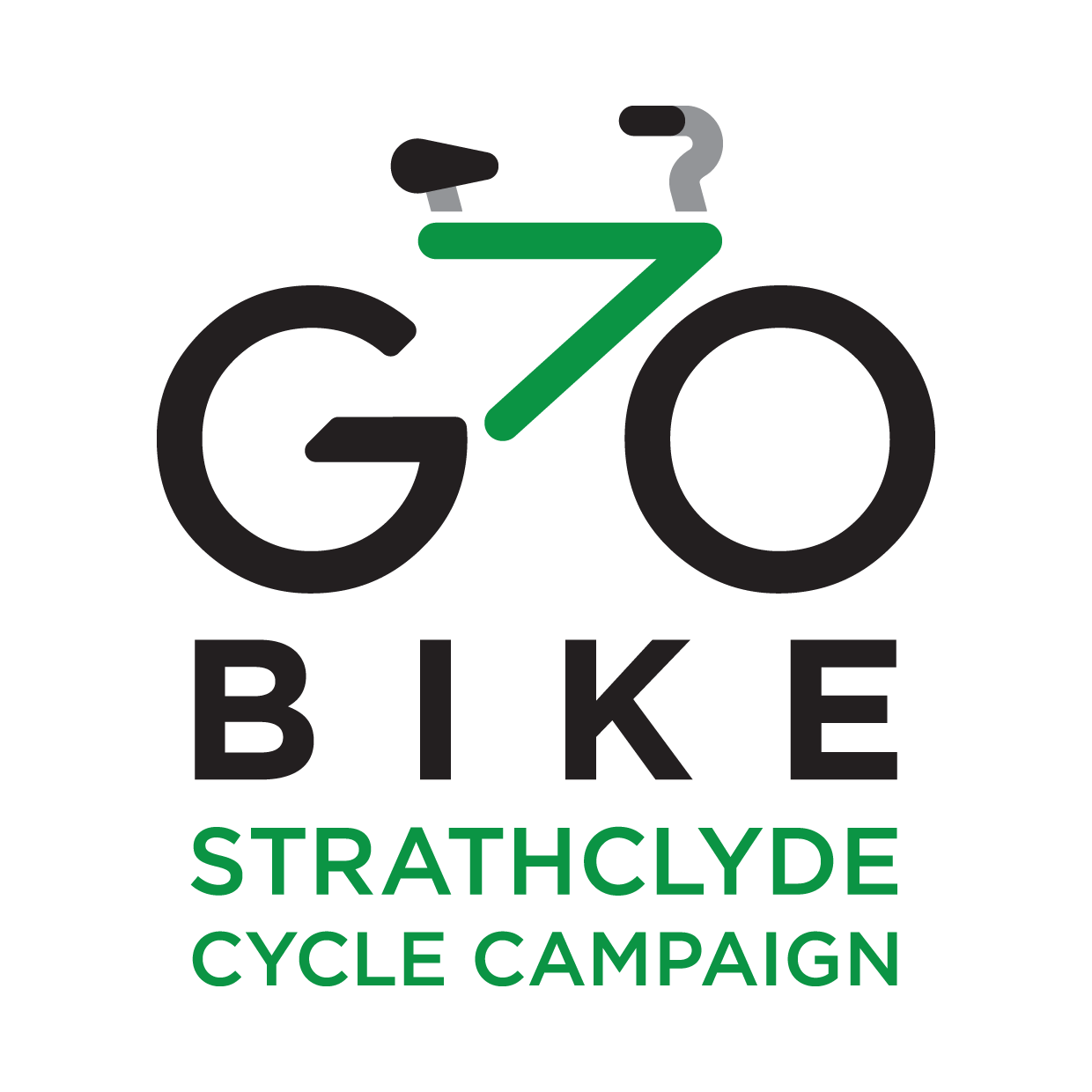Government's Cycling Targets might not be met? Shock, horror

There was news yesterday that the Government’s (and our Local Authorities’) target of 10% of journeys to be by bike by 2020 will not be met. This was reported in the Herald by: http://www.heraldscotland.com/news/14767574._No_way__SNP_can_achieve_2020_cycling_target_as_bike_journeys_fall/
Here’s the text of the GoBike! response to the article, sent under the heading “Commitment needed to meet cycling targets” Please add your voice to any forthcoming discussion.
“It is very disappointing to read (p7, the Herald 28 September) that our suspicions of cycling targets not being met are now being confirmed. Political commitment is needed to reverse the increase in obesity and ill-health in Scotland and to get people walking and cycling. Our cities and towns need to be made more people, rather than car, friendly. We need, particularly, to recognise that our roads are paid for by our council tax and our income tax; there is a myth put about by the car lobby that a “road tax” imposed on motor vehicle owners is paying for our roads and that it gives them exclusive use. We all pay for our roads; there is a tax that motor vehicle owners should pay, and that is Vehicle Excise Duty, which is based on a vehicle’s engine size and fuel, ie it reflects the potential of the vehicle to pollute our environment, and the revenue collected goes into the general taxation coffers. Here it probably pays only a small proportion of the costs of illnesses caused by pollution and the costs to our emergency services of responding to the daily accidents caused by motor vehicles.
We in GoBike! The Strathclyde Cycle Campaign want to see more people being active and we consider that this can be done by ensuring that our town and city centres have 20mph speed limits, which are enforced and thus complied with. We see little point in going to the expense of putting 20mph road signs up, as Glasgow has done in the city centre, if there is no enforcement to ensure that all vehicles keep to this limit. We have wide city streets, many of which are one-way, and we recognise that this does not encourage people to reduce their speed. However, Glasgow’s Strategic Plan for Cycling, confirms the use of Transport Scotland’s design guide “Cycling by Design” and this guide states that, as a default, one-way streets should be made open to two-way cycling. This happens in many European towns and cities and yes, it has even been introduced on some streets in Glasgow. We want to see this practice, correctly signed and managed, made widespread. This will reduce journey times for people on bikes, making it easier to negotiate our towns and cities, and will encourage people to get on their bikes. There is also significant evidence that people, when cycling, will use the most direct route they can, the use of the A77 from Newton Mearns into the city centre being a case in point. To encourage more people to use this, and other radial routes into our towns and cities, we need to see good cycling infrastructure, suitable for people of all ages and physical ability to cycle on. East Dunbartonshire Council have made an excellent start with the segregated lane on the A81. To serve commuters and shoppers, this facility now needs to be continued across the Glasgow city boundary along the A81, ie Maryhill Road, into the centre centre.
People want to walk and cycle. We are paying our taxes – and even many of us who choose to cycle have insurance, such as that offered to members of Cycling UK – and for the health of all of us, we now need the infrastructure to encourage more people to leave the car and get on their bike.”





